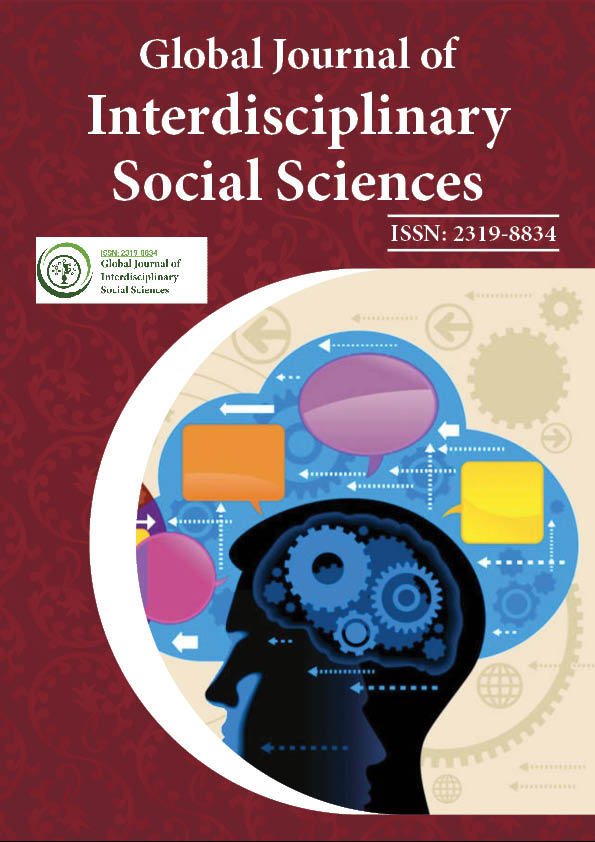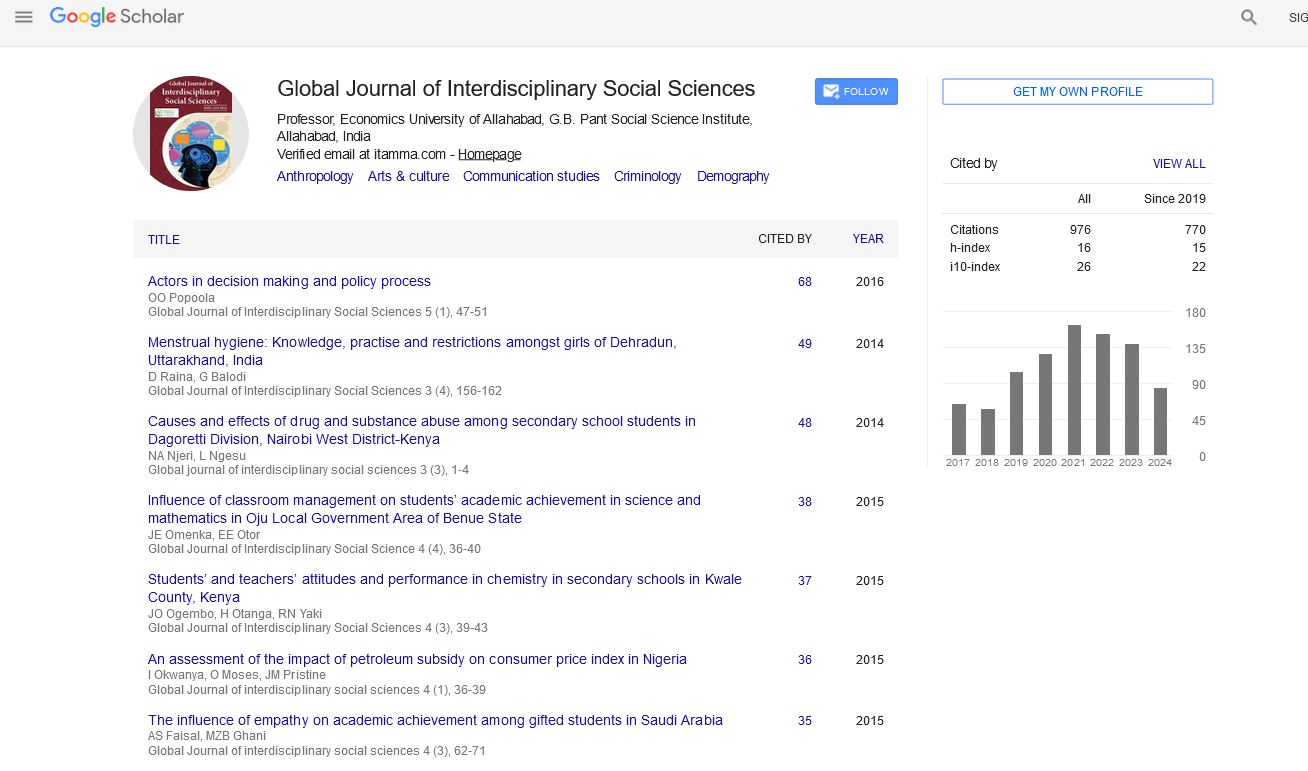Indexed In
- JournalTOCs
- Google Scholar
Useful Links
Share This Page
Journal Flyer

Open Access Journals
- Agri and Aquaculture
- Biochemistry
- Bioinformatics & Systems Biology
- Business & Management
- Chemistry
- Clinical Sciences
- Engineering
- Food & Nutrition
- General Science
- Genetics & Molecular Biology
- Immunology & Microbiology
- Medical Sciences
- Neuroscience & Psychology
- Nursing & Health Care
- Pharmaceutical Sciences
Abstract
Mechanical Tea Harvesting and Its Challenges on Employee Productivity in Kericho Tea Estates, Kenya
Cherono Lily Kitur and Sammy Kimutai Rop
The wave of globalization the world over has been driven by policies that have opened economies domestically and internationally. Globalization exerts pressure on human resource function to adapt to changing organizational needs and add greater value. It is driven by several factors which include: advances in technology, accelerated production, increased mobility of people and products, liberalization of capital markets and the global harmonization of the regulatory environment. The transfer and adoption of technology in tea sector is of paramount importance to assuring a reliable supply of high quality products at prices that are both profitable to producers and reasonable to consumers. Tea firms are embracing new technology through implementation of mechanical tea harvesters, replacing hand picking. In spite of the anticipated benefits that have been associated with this form of technology, there are however some challenges that are associated with it. This study therefore sorts to examine the challenges facing tea estates in implementing Mechanical Tea Harvesters using one of the tea estates in Kericho County as a case study. It adopted a case study design. Both purposive and simple random sampling techniques were used to select the respondents. Stratified sampling was also used to categorize workers into managers, supervisors and tea pluckers who provided the information. A target population of 426 and sample size of 214 participants was used. Questionnaires and Interview schedule were used to collect data. Data collected was coded and presented by use of descriptive statistics such as frequency tables, pie charts, bar graphs and Percentages. Findings revealed that introduction of the machines have generated some negative attributes to the firm and to the employees. Specifically, it has led to, the direct emission of smoke, noise and loss of employment opportunities as a major challenge. From the study, stakeholders can utilize the information to enhance development of the technology without impacting negatively on human resource.

